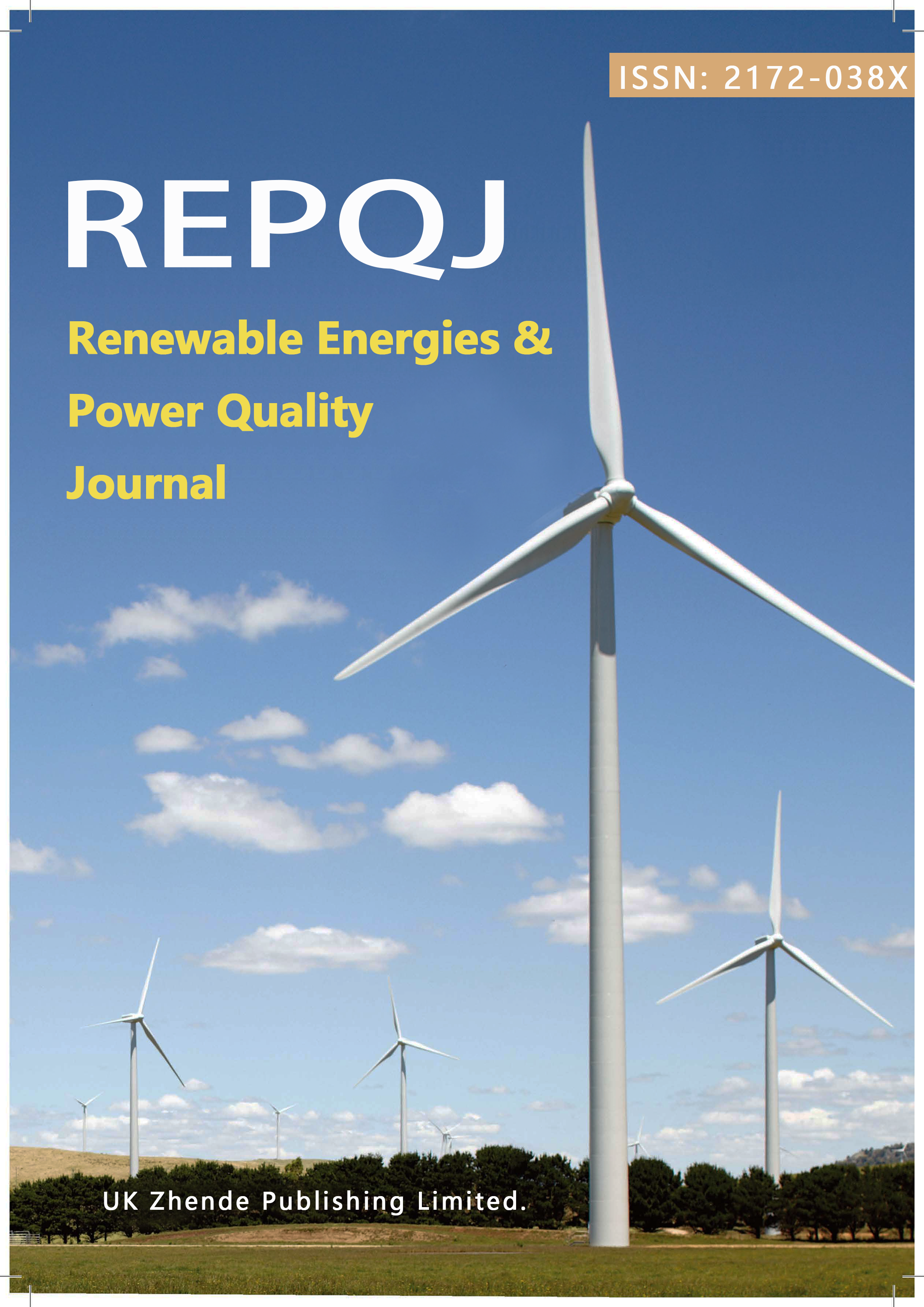Integration of renewable resources into the electricity energy matrix. Practical case applied to a small rural municipality
DOI:
https://doi.org/10.24084/repqj21.244Keywords:
Energy matrix, self-consumption, rural area, renewable energyAbstract
Climate change is a global problem, which is being mitigated over the last decades. To this end, several regulations are being developed to make an energy transition towards renewable resources. In this framework, more and more energy communities are being created in Europe, with the aim of reducing energy consumption based on fossil fuels and promoting the use of renewable energies. This work proposes the design and management of renewable resources to introduce them into the energy matrix. This energy matrix based on renewable energies aims to cover the energy demand of a small rural municipality in the Valencian Community (Spain), for which the annual consumption is known. The results show the possibility of achieving a high percentage of self-consumption in rural municipalities, minimising dependence on the general electricity grid.











